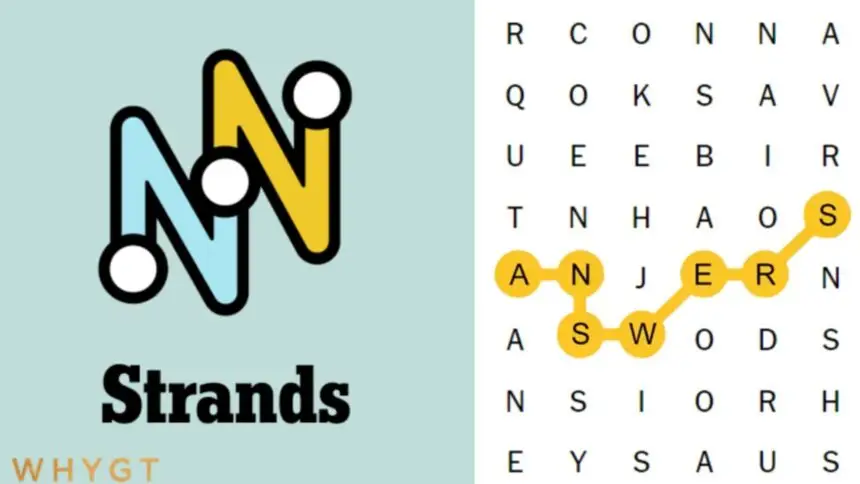Let’s be honest, NYT Strands can either make your morning or completely scramble your brain before you’ve had your second coffee. When it launched, I gave it a casual try, expecting something between a word search and a crossword. I wasn’t ready for the mind gymnastics it would demand. But over time, I’ve picked up a few habits that helped me get better at it and actually enjoy the challenge.
Start With the Obvious Then Get Creative
At first glance, those scrambled letters can look like static. But I always scan for short, everyday words. If the theme is “kitchen tools,” I don’t go hunting for obscure gadgets I look for “pan,” “lid,” or “grater.” These little wins create momentum. Plus, every correct word brings you closer to uncovering the spangram (that central word that ties everything together).
One time, the theme was “On the Road.” I was halfway through before it clicked that “passenger” was the spangram right after I had spent five minutes convincing myself “GPSNAV” had to be a real thing.
Use the Theme, but Don’t Overthink It
The title they give you is your best friend but it can also be a red herring. I once got stuck on a puzzle titled “Heavy Metal.” Naturally, I started looking for band names. Turns out, it was all about literal metals like iron, lead, and zinc. So now, I read the theme and ask myself: What’s the obvious interpretation? What’s the sneaky one? That double-check often saves me from chasing the wrong trail.
Get Your Hands Dirty (with the Letters)
One thing I’ve learned? Rearranging letters with your mouse or finger wakes up different parts of your brain. I don’t just look I move stuff. I build nonsense clusters just to see if a real word shakes loose. Sometimes the movement triggers a word I didn’t even realize I was thinking of. If it sounds silly, give it a shot. You’ll see.
Patterns Are Your Friend
Once you spot a few real words, you’ll notice patterns. Does the puzzle like repeating prefixes? Are the words all plural? Are they compound words? I’ve seen puzzles where every word was two short words mashed together, like “sunflower” and “bedroom.” That kind of theme logic can carry you through the final stretch.
Take Breaks (Yes, Really)
You know those moments when nothing makes sense and every letter looks wrong? Walk away. No, really. I once walked my dog mid-puzzle, and during the walk I muttered the theme to myself like a weirdo. Out of nowhere, “mailbox” popped into my head. When I got back, I solved the rest in three minutes. Brains are weird. Let them rest.
Don’t Be Fooled by the Grid
The layout can trick you. Words twist and turn, doubling back like a snake on espresso. I used to try forcing every word to go in a straight line. That’s a mistake. Once I let go of that idea, the game got easier and way more fun.
Last Bit: Don’t Sweat It
There are days when the puzzle just wins. You try every trick, burn through all the hints, and still end up with a half-finished grid. That’s fine. Honestly, those are the days when I check the solution, learn something weird (like “palindrome” being the spangram), and move on.
The goal isn’t perfection. It’s fun. It’s brain-stretching. It’s giving yourself a small win before the real chaos of the day kicks in.


